Today’s my birthday. I woke up on the right side of the dirt, in America, grateful for the opportunities ahead.
So far, so good.
For me, birthdays also invite a moment to pause and reflect on where I am, where I want to go, and what it’ll take to get there.
On the health front, I’m reminded of a simple truth: A healthy person has a thousand dreams, while an unhealthy one has only one.
Thankfully, I still have many dreams.
We’re lucky to be born late enough in human history that medicine isn’t just about fixing what’s broken—it’s about regeneration and life extension. The real promise isn’t just living longer, but living well longer.
That’s a future worth investing in.
So today, I’m dusting off some notes from a meeting I had years ago—lessons that feel more relevant than ever.
A Chat With The Father of Biohacking
In 2018, I was in Alaska at Steamboat Bay for a CEO retreat. I was spending time with a friend, Dave Asprey, a successful serial entrepreneur, author of several great books, and a thought leader in biohacking. In many ways, he’s the father of modern biohacking.
We recorded a video where Dave did a great job of relating his world to the world of Capitalogix and trading. I share it in part so you can experience his wide range of interests and expertise. It holds up well. I encourage you to watch it.
Via YouTube.
In the video, Dave explains that life evolves through a series of algorithms operating at microscopic levels. Your body and brain are made of tiny parts working like clever little computers. These parts constantly talk to each other, sense what’s happening around them, and change their behavior to keep you alive and thriving.
Dave points out that there are striking similarities between genetics/epigenetics and modern digital algorithms. Markets and businesses make numerous small decisions and adjustments to achieve significant outcomes.
In a sense, Markets and industries function like biological environments where algorithms continuously evolve and adapt.
It helped me reframe my perspective on my business. But it also got me thinking more about my health and how I wanted the next 20 years of my life to look. As a result, I started taking care of my health and paying more attention to preventive care.
Health is the foundation that gives all ambitions a place to stand.
Focusing on the positive is important, but extending your healthy lifespan starts by being honest with yourself and identifying what you and your body struggle with the most.
A doctor friend gave me some advice. He said it doesn’t matter if you’re on top of 9 out of 10 things; it’s the 10th that kills you.
The goal isn’t just to stay alive longer; it’s to live life to its fullest for as long as possible.
I recently joined a fantastic mastermind group called DaVinci 50, run by Lisa and Richard Rossi. It brings together a remarkable collection of medical professionals and entrepreneurs focused on the latest research, treatments, and opportunities in health and longevity.
Another great tool I rely on is Advanced Body Scan. Early detection is crucial, but so is tracking the history of your scans to monitor changes over time. In my opinion, the most valuable scan is always the next one.
Additionally, I utilize a growing list of trackers and biometric devices to monitor my heart rate, along with various apps and tools for mindfulness, breathwork, and journaling. It is essential to recognize that the mind, body, and spirit work together to shape how you live your life.
Where Biohacking Fits In
It’s not surprising that biohacking has become as popular as it has. In a society that encourages (and perhaps even necessitates) an impossible balance between work, responsibilities, and self-care, it makes sense to want to increase efficiency and effectiveness.
Biohacking helps you do more with less. Biohacking is popular because it promises to help you achieve peak performance via the path of least resistance.
Having trouble with sleep, but don’t want to stop using your phone before bed? Wear blue-light blocking glasses.
Not getting enough results at the gym? Work out “smarter,” not harder, by using cryotechnology and intelligent lifting machines.
While biohacking started as tricks like that – nootropics to help your mind, light and sound machines to decrease stress – it’s becoming increasingly tech-centric and augmentation-based.
In Sweden, thousands of Swedes are having microchips inserted under their skin to speed up their daily routines. They use chips to open locked doors, store contact information, and access the train.
The Future of Biohacking
Long-term, it’s likely you’ll see it moving toward exoskeletons, AR/XR experiences, and, unsurprisingly, sex toys. It’s also being used to create artificial organs and counteract memory loss. Companies leading this movement are Neuralink, Biohax International, and Digiwell. While it’s currently being adopted primarily by fast movers and technocrats, it’s pragmatic to think that more widely adopted versions of this will emerge as technology becomes standardized and protections are put in place.
For all the excitement, it’s necessary to remain skeptical and patient. DIY biohacking raises several ethical concerns, particularly regarding data protection and cybersecurity. As a reminder, when it comes to cybersecurity, you, the user, are the biggest weakness.
There’s no stopping this train, but there’s still time to ensure it stays on track.
If you’re looking to get started, here’s an hour-long conversation with Dave Asprey about his favorite optimizations.
Here’s to having a thousand dreams, leveraging the best of today’s medical advances, and investing not just in years added, but quality within those years.
Onwards!



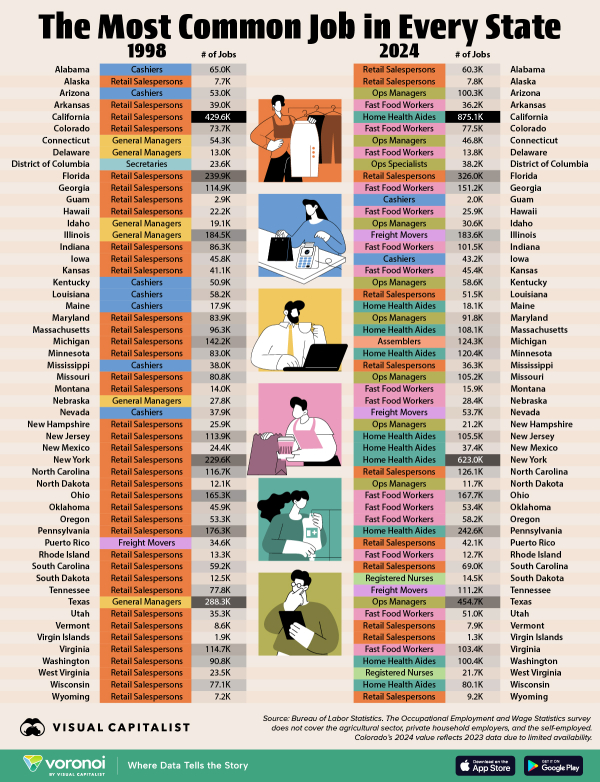 via
via 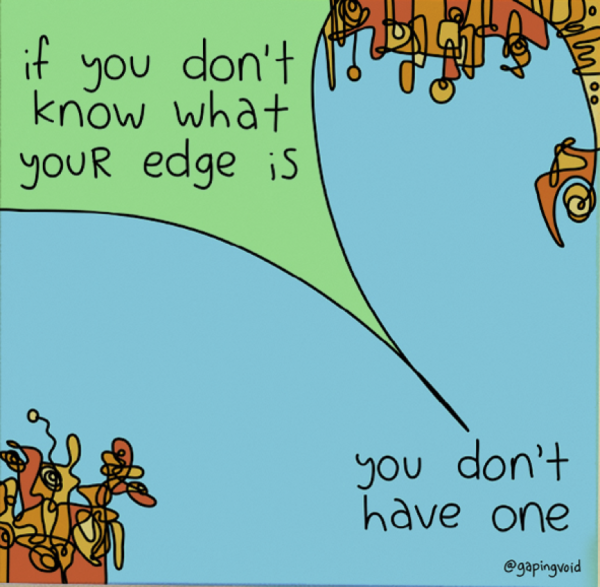
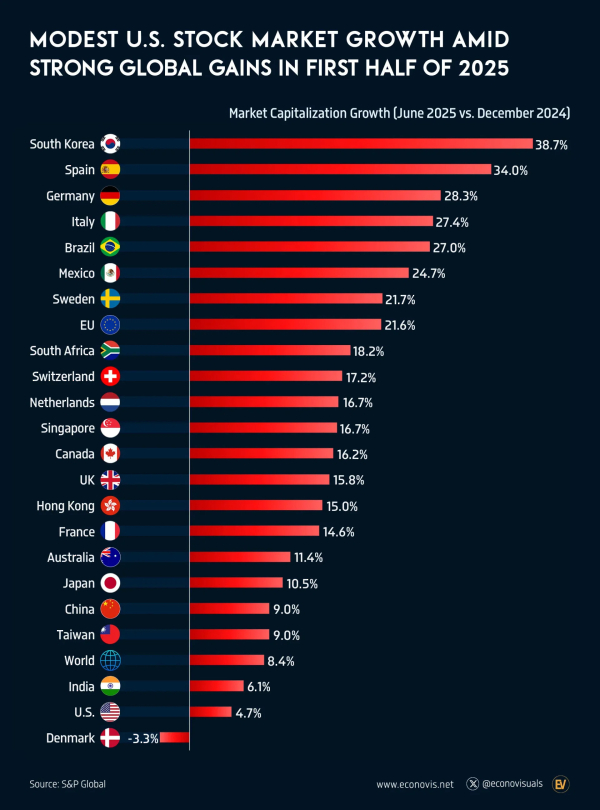 via
via 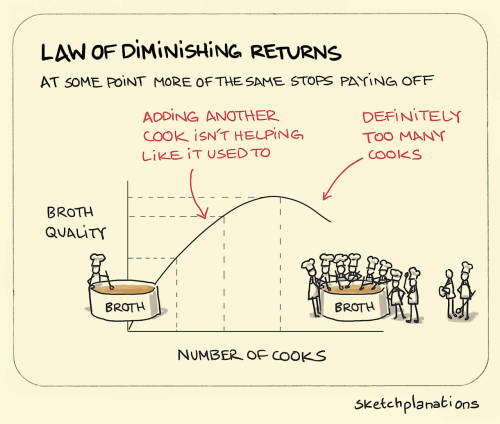 via
via 
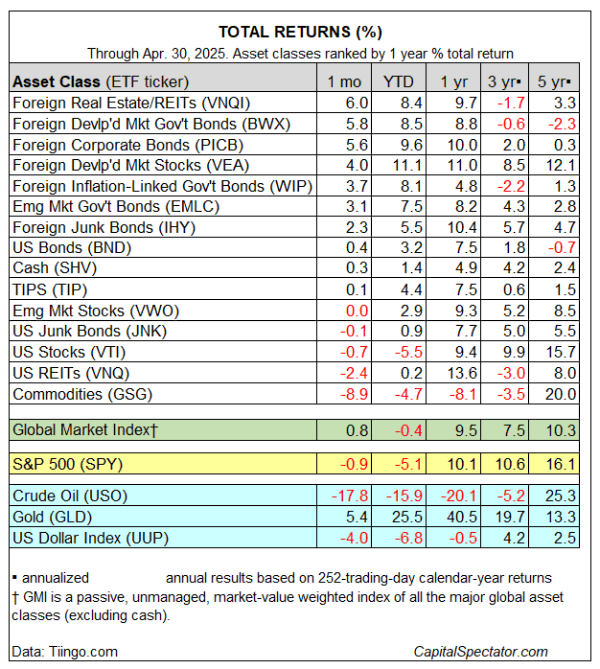
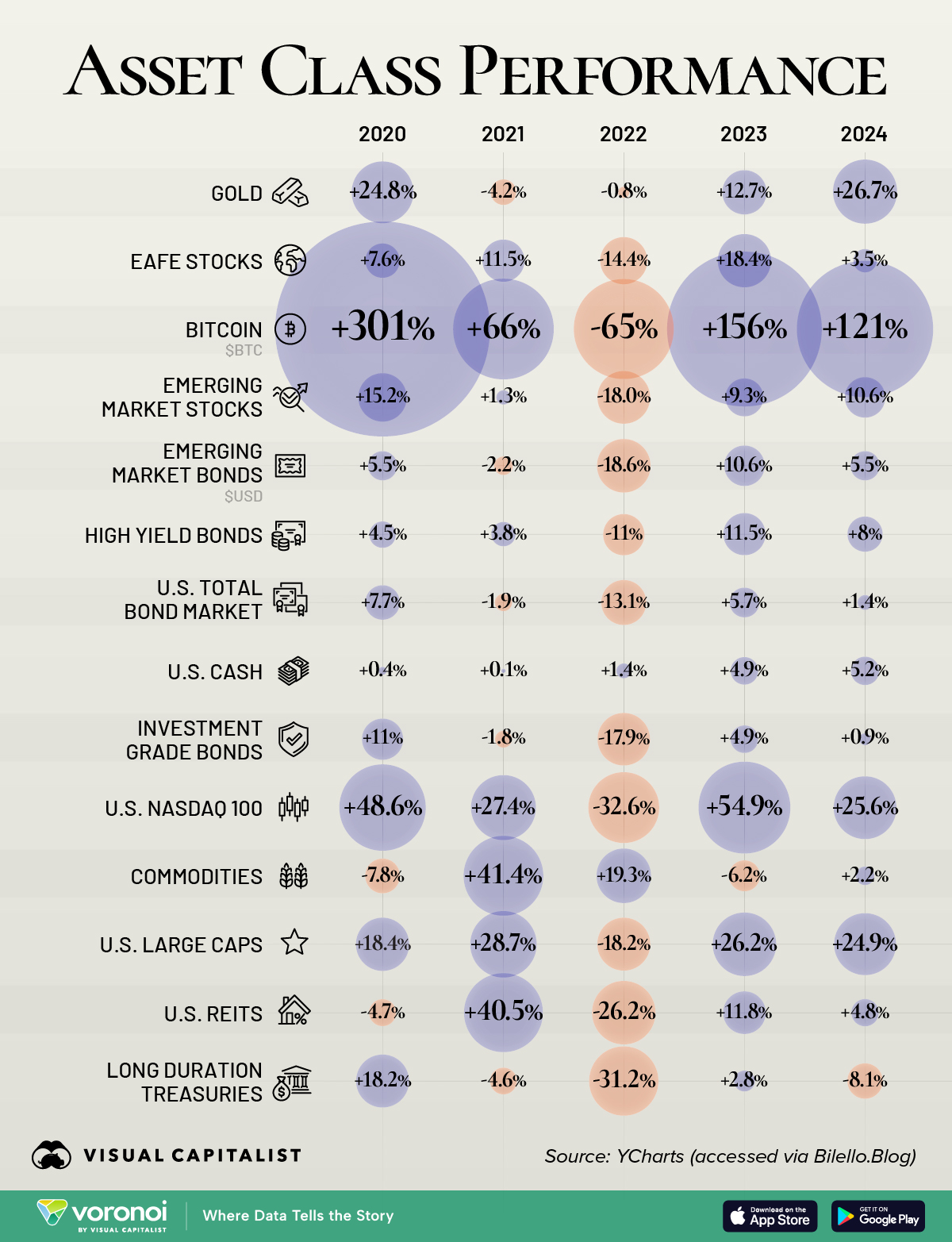
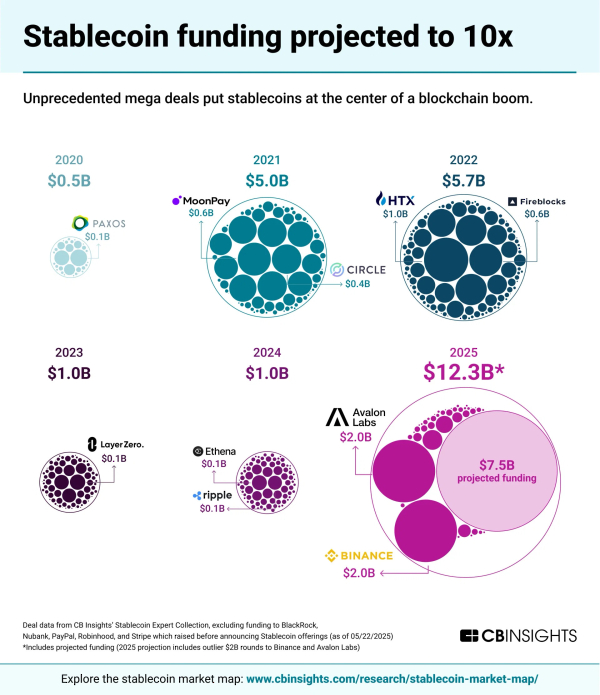 CBInsights via
CBInsights via 